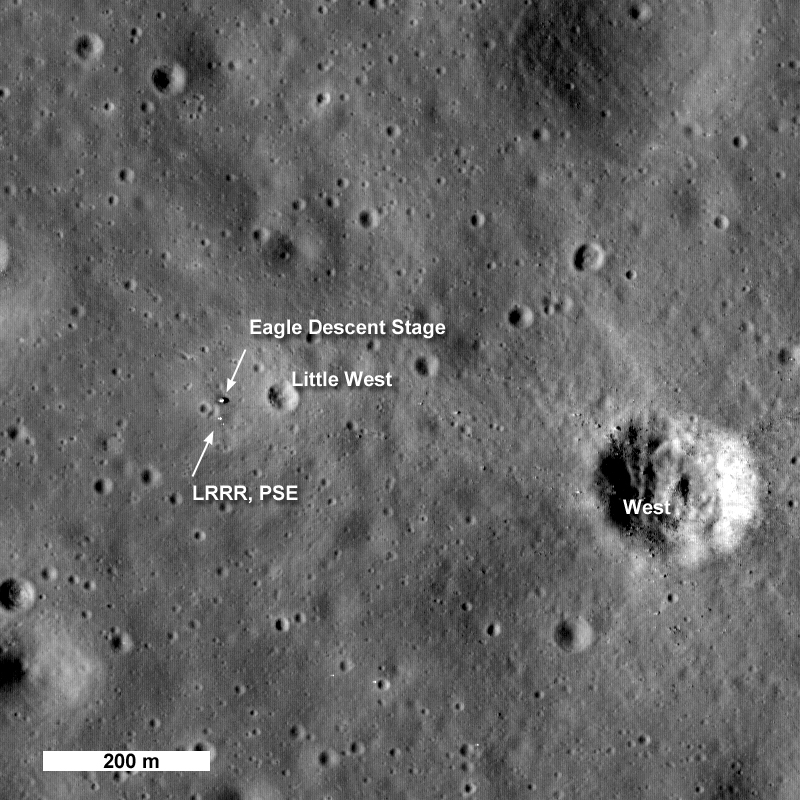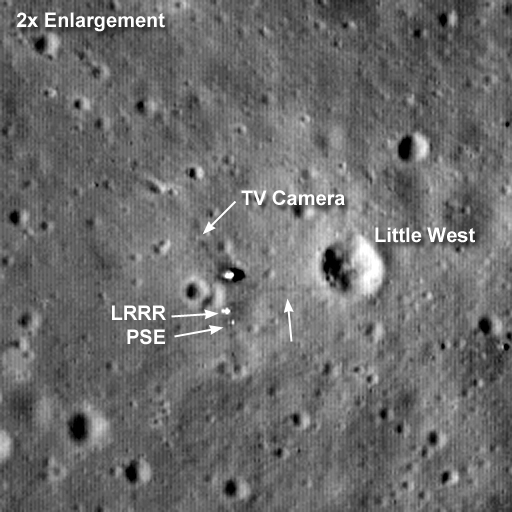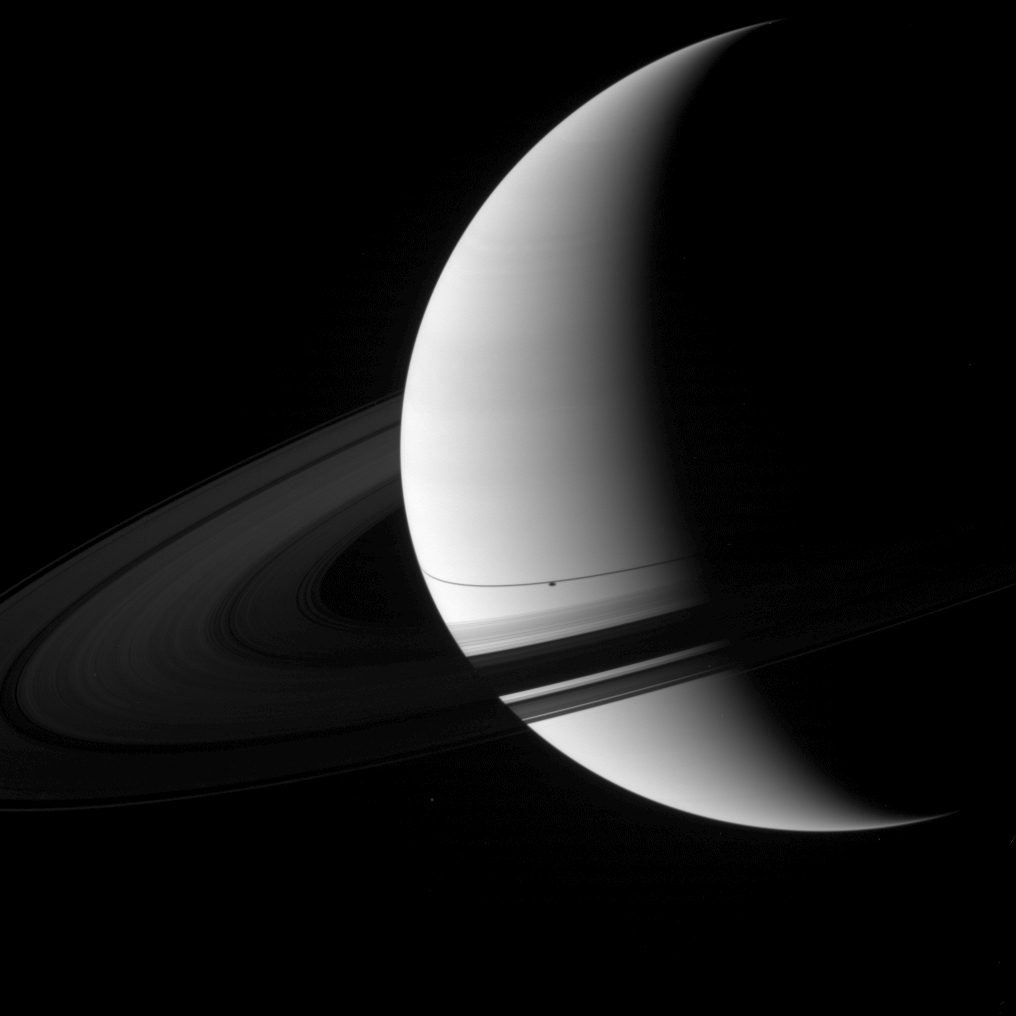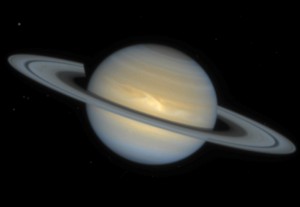This HST photo took my breath away.
For the 21st anniversary of the Hubble Space Telescope, NASA released this mesmerizing picture of 2 galaxies colliding called ARP 273, nicknamed The Galactic Rose. This photo shows the 2 galaxies individually named UGC 1810, the larger galaxy, and its companion UGC 1813. Millions of years ago the smaller galaxy, UGC 1813, passed through UGC 1810 causing the distortion that you can see. The larger companion has 5 times the mass of the smaller and probably stripped out much of its baryonic matter. We don’t know yet about the volume of Dark energy or matter. UGC 1810 was a spiral galaxy similar to our own Milky Way, but now has the lopsided appearance that gives them the rose shape that we see today.

Arp 273 lies in the constellation Andromeda and is roughly 300 million light-years away from Earth. That’s 1.76 septillion miles or 1,762,376,745,600,000,000,000,000 miles away or 1 septillion,762 sextillion, 376 quintillion, 745 quadrillion, 600 trillion miles or a long far ways.
Notice the blue clusters around the edge? These are star clusters of very large stars (many times bigger than our sun) that collected matter from the collision forming super-giant and super-hot stars. The brightest spots that have the diffraction spikes are stars from our Milky Way in front of the camera as viewed from earth orbit. If you look at the fuzzies in the background – those are other galaxies that are much farther away.
As I said – Breathtaking.
bob








